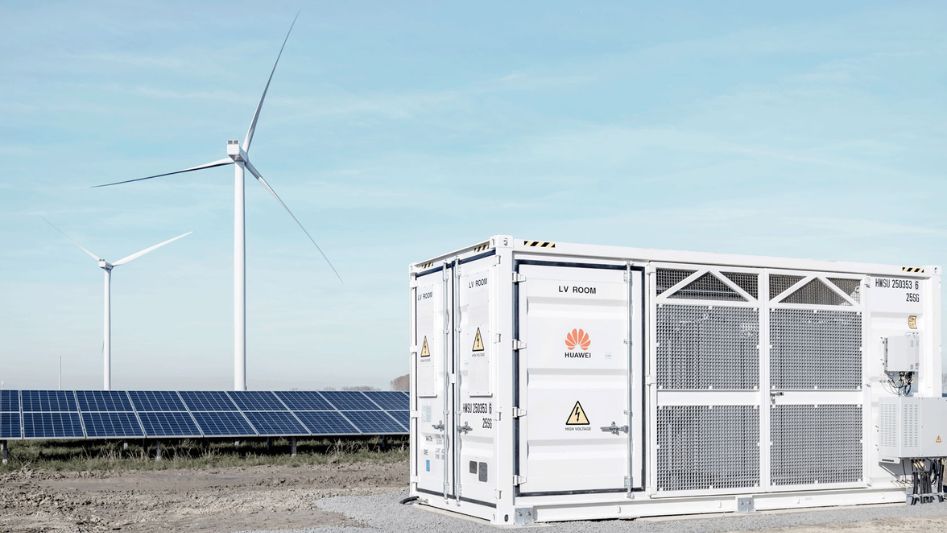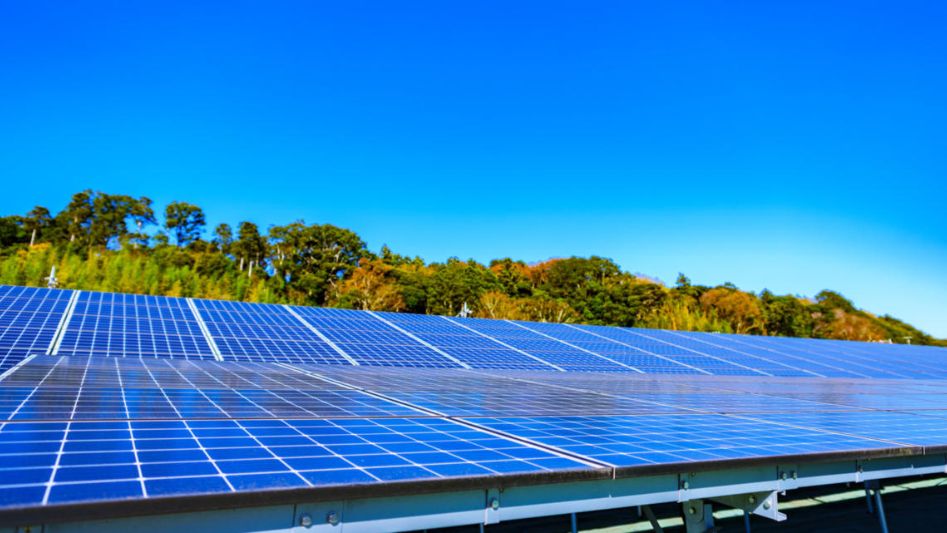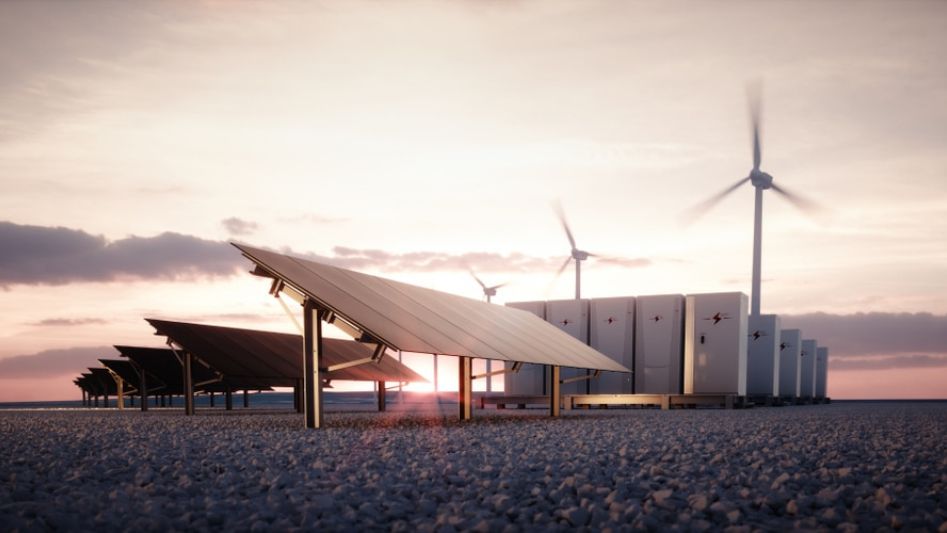Renewable energy sources, such as wind and solar power, have gained significant traction in recent years as the world seeks sustainable alternatives to fossil fuels. These sources offer clean and abundant energy, but they come with a unique challenge – intermittency. The sun doesn’t always shine, and the wind doesn’t always blow. This intermittency makes it crucial to find a way to store energy for later use. Enter energy storage systems. In this article, we will explore the role of energy storage in advancing renewable technologies.
Table of Contents

Understanding Energy Storage
Energy storage involves capturing excess energy produced during periods of high renewable energy generation and storing it for use when energy production is low or when the demand is high. There are several technologies and methods for energy storage, but the most prominent ones are batteries, pumped hydro storage, and thermal storage.
A. Battery Energy Storage
Lithium-ion Batteries: Lithium-ion batteries have become the cornerstone of energy storage solutions due to their high energy density, efficiency, and rapid response times. They are widely used in both residential and utility-scale applications.
Solid-State Batteries: Emerging solid-state battery technology promises even higher energy density, longer lifespans, and improved safety features compared to traditional lithium-ion batteries.
B. Pumped Hydro Storage
How It Works: Pumped hydro storage involves pumping water uphill during times of excess energy generation and releasing it downhill to generate electricity when needed. It is a proven and reliable technology, but it requires specific geographical conditions.
Environmental Considerations: While effective, pumped hydro storage can have environmental impacts, such as habitat disruption and water usage, which must be carefully managed.
C. Thermal Energy Storage
Concentrated Solar Power: Concentrated solar power systems use mirrors or lenses to focus sunlight on a receiver, which heats a fluid that can be stored and used to generate electricity later.
Molten Salt Storage: Molten salt is an efficient medium for storing heat in concentrated solar power plants, allowing for continuous electricity generation, even after the sun sets.
Enhancing Grid Reliability
Energy storage systems play a pivotal role in enhancing the reliability of renewable energy sources and integrating them into the existing electrical grid.
A. Grid Stabilization: Energy storage systems can respond rapidly to fluctuations in energy supply and demand, stabilizing the grid by providing quick injections of power or absorbing excess energy.
B. Smoothing Intermittency: By storing excess renewable energy during times of abundance, energy storage systems ensure a steady and reliable power supply, reducing the need for backup fossil fuel generators.
C. Peak Load Management: Energy storage allows utilities to manage peak demand more effectively, reducing the need to build costly new power plants that might only be used during periods of high demand.

Facilitating Renewable Energy Growth
The growth of renewable energy is closely tied to the development and adoption of energy storage technologies.
A. Decentralized Energy Generation: Energy storage enables homeowners and businesses to store excess energy generated from solar panels or wind turbines for personal use, reducing dependence on centralized power grids.
B. Renewable Integration: Energy storage facilitates the integration of renewable energy sources into the grid, allowing for higher penetration of renewables and a cleaner energy mix.
C. Reliability in Remote Areas: In remote or off-grid areas, energy storage can provide a reliable power supply, reducing the need for diesel generators and enhancing energy access.
Environmental and Economic Benefits
Energy storage offers numerous environmental and economic advantages.
A. Emission Reduction: By enabling the integration of more renewables and reducing the need for fossil fuel-based backup power, energy storage contributes to significant greenhouse gas emission reductions.
B. Cost Savings: Energy storage can help utilities avoid costly infrastructure upgrades and reduce energy generation costs by optimizing the use of renewable energy.
C. Job Creation: The energy storage industry also generates jobs in manufacturing, installation, and maintenance, contributing to economic growth.
Conclusion
The role of energy storage in advancing renewable technologies cannot be overstated. As the world continues its transition toward a sustainable energy future, energy storage systems will play a crucial role in addressing the intermittent nature of renewable energy sources, enhancing grid reliability, and promoting the growth of clean energy. With ongoing advancements in energy storage technology, we can look forward to a future where renewable energy sources are the primary contributors to our energy needs, providing a cleaner and more sustainable world for generations to come.

FAQs
What is energy storage, and why is it important for renewable technologies?
Energy storage involves storing excess energy from renewable sources for later use, ensuring a reliable and continuous power supply when the sun isn’t shining or the wind isn’t blowing. It’s vital for bridging the gap between intermittent renewables and consistent energy availability.
What are the main types of energy storage technologies?
The primary energy storage technologies include batteries (e.g., lithium-ion), pumped hydro storage, and thermal storage (e.g., molten salt). Each has its advantages and use cases.
How does energy storage benefit the environment and the economy?
Energy storage reduces greenhouse gas emissions by enabling more renewable energy use and offers cost savings through grid optimization, job creation, and reduced reliance on fossil fuels.
How does energy storage enhance grid reliability?
Energy storage stabilizes the electrical grid by responding quickly to fluctuations in supply and demand, smoothing out intermittent renewables, and managing peak loads effectively.
Can energy storage systems be used for both residential and industrial applications?
Yes, energy storage systems are versatile and can be applied at various scales, from individual homes and businesses to large utility-scale installations.
You May Also Like
- THE ADVANTAGES OF ENERGY STORAGE FOR A SUSTAINABLE FUTURE
- LITHIUM BATTERIES: THE FUTURE OF ENERGY STORAGE FOR THE NEXT DECADE
- ENERGY STORAGE IN THE OCEAN: HOW IS THAT EVEN POSSIBLE?
- HOW CO2 COULD BE THE FUTURE OF ENERGY STORAGE?
- THE IMPACT OF BATTERY STORAGE TECHNOLOGY ON THE GROWTH OF RENEWABLE ENERGY
